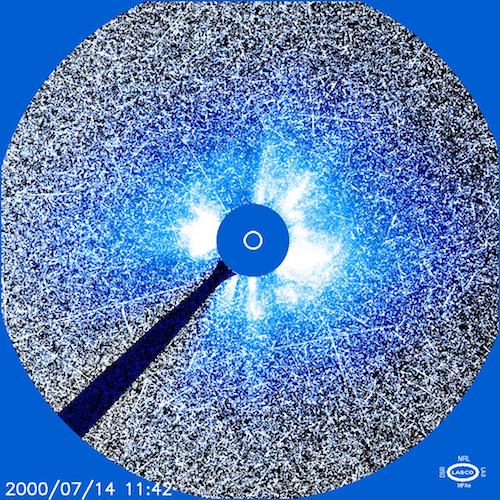Barbara Perri is a new postdow at the KULeuven, Belgium. She knows a lot about solar energetic particles (SEPs) and how they move in magnetic configurations that change with the solar cycle.

Which space routes do SEPs prefer, how does an SEP behave in the heliosphere shaped by the solar wind, ... many questions. Barbara knows answers and will tell you on Wednesday, December 9.
Impact of solar magnetic field amplitude and geometry on solar particles diffusion coefficients
SEPs (Solar Energetic Particles) are correlated with the 11-year dynamo cycle due to their production by flares and interaction with the inner heliosphere, while GCRs (Galactic Cosmic Rays) are anti-correlated with the heliospheric magnetic field evolution. This is due to the fact that the solar magnetic field varies in amplitude but also in geometry, causing diffusion of the particles along and across the field lines. The solar wind distribution evolves as well, responding to the magnetic field, and its turbulence affects SEPs and GCRs trajectories.
In this talk, I will present a numerical study to dissociate the impact of amplitude and topology of the magnetic field on the diffusion of energetic particles. We combine 3D MHD compressible numerical simulations to compute the configuration of the magnetic field and the associated polytropic solar wind up to 1 AU, with analytical prescriptions of the corresponding parallel and perpendicular diffusion coefficients for SEPs based on small and large-scale physics. First, we analyze separately the impact of the magnetic field amplitude and geometry for a 100 MeV proton: by varying the amplitude, we change the amplitude of the diffusion by the same factor, and the radial gradients by changing the spread of the current sheet; by varying the geometry, we change the latitudinal gradients of diffusion by changing the position of the current sheets. Then, we use realistic solar configurations, showing that diffusion is highly non-axisymmetric due to the configuration of the current sheets, and that the distribution varies a lot with the distance to the Sun with a drift of the peak value, especially at minimum of activity.
If you want to join: ask Luciano.Rodriguez at oma.be





